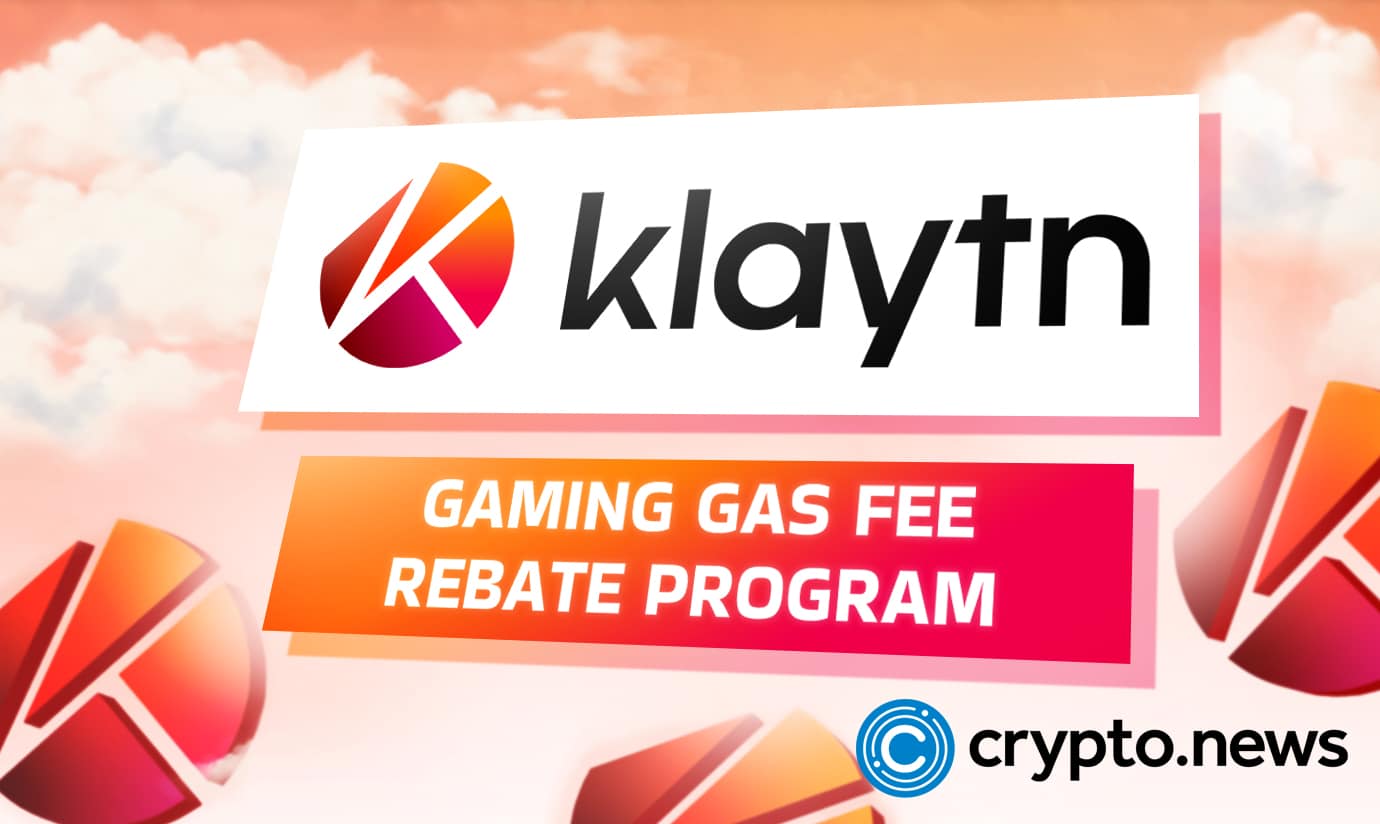2018-7-17 13:33 |
EOS community member and podcaster Exploring EOS recently proposed a stablecoin project called the EOS Dollar, or EDR. The EDR would be a stablecoin that pays you interest.
Exploring EOS explained the idea in a blog post published on July 14.
“I had a concept for this a while back but it didn’t have all the elements to make it actually work,”
explained Exploring EOS.
Why do we need a stablecoin for EOS? Here’s the motivation Exploring EOS had to create the project:
“A problem with using EOS as a currency is that accounts are not free. EOS accounts require RAM which is something that needs to be purchased. There are many solutions that have been put forward to lower the price of an account. However there aren’t any proposals that that will eliminate it because that’s just how EOS works. I have a partial solution to this that is also an interest bearing stable coin.”
Exploring EOS previously proposed a similar solution: launching a bitcoin-backed token on EOS. This latest proposal expands on the concept further.
How Would The EOS Dollar (EDR) Work?The EOS Dollar, or EDR, would be run by a smart contract. That smart contract would function similar to a bank.
Users could send their EOS to the smart contract, and the smart contract could mint EOS Dollars in return. These new EDRs are created at the current USD price of EOS. There would be one EDR for $1 USD, and the only way to create new EDRs is to provide value equivalent to $1 USD.
This is similar to how many other stablecoin projects and proposals work. However, there’s one significant difference: EOS are not redeemable. Once a user converts their EOS into EDR, they have burned their EOS. Their EOS tokens are gone forever. It’s an irreversible exchange.
Why would someone burn their EOS for a stablecoin like EDR? The main benefit is that it enables free account creation, among other benefits.
How Does The EDR System Create Free Accounts?The EDR system would create free accounts on EOS. The smart contract account would create sub-user accounts that serve as your EDR account. The RAM required for that account would be purchased with the EOS you used to create the account.
There would be a minimum deposit to create an account. After creating an account, you’ll still have access to the value that was used to purchase RAM.
In the eyes of Exploring EOS, this is an improvement on the system for people who feel a $10+ account is too expensive.
“It’s also an improvement because it would give them a stable coin that pays interest.”
In other words, users would get a free account and an interest-bearing stablecoin.
How Does The EDR System Maintain A Stable USD Price?The point of a stablecoin is to maintain its value relative to another currency – like the USD and other major fiat currencies.
How does the EDR maintain roughly the same value as the USD? How can we be certain that each 1 EDR is equal to 1 USD? Here’s how Exploring EOS explains it:
“It’s a stable coin because it can only be created at a value of $1. Therefore when the demand for the coin goes up to say $1.10 and the price begins to rise arbitragers will exchange EOS to create new coins at $1 and sell them onto the market to make a 10% profit until the price falls to $1 again.”
What happens if the price of the coin drops? Exploring EOS explains:
“…speculators will buy the coin when it dips because they will hope they can sell it when it goes back up to $1 or more.”
In addition, the EDR system will have another incentive for people to purchase EDRs when the price dips: buyers will earn interest. As the price of the EDR goes down, the effective interest rate increases.
Why does that interest come from? Here’s how Exploring EOS explains that part:
“…how do we pay interest? I mentioned that the EOS contributed was effectively burned from the perspective of the user. However, that EOS, above what was used to buy RAM for the account, is just sitting in the account of the smart contract. So from the perspective of the smart contract it’s not completely burnt. Next, we rent out those EOS on the market to make a return.”
The rental income is received in EOS, and the EDR smart contract would then automatically use that EOS to mint EDR using the same process the users used. The newly minted EDR created through this process are distributed as interest to accounts holding EDR.
Exploring EOS also proposes a staking or timeframe system, where only accounts that have held coins for 3 or more days will receive interest.
Exploring EOS even explains what would happen in a hyperinflation event: say, if the USD suddenly experienced hyperinflation. In this situation, Exploring EOS suggests the best way to solve the problem is to use a Ricardian contract – unique to the EOS ecosystem – with arbitration.
It’s an interest concept that could have huge implications on the EOS ecosystem.
origin »EOS (EOS) íà Currencies.ru
|
|

